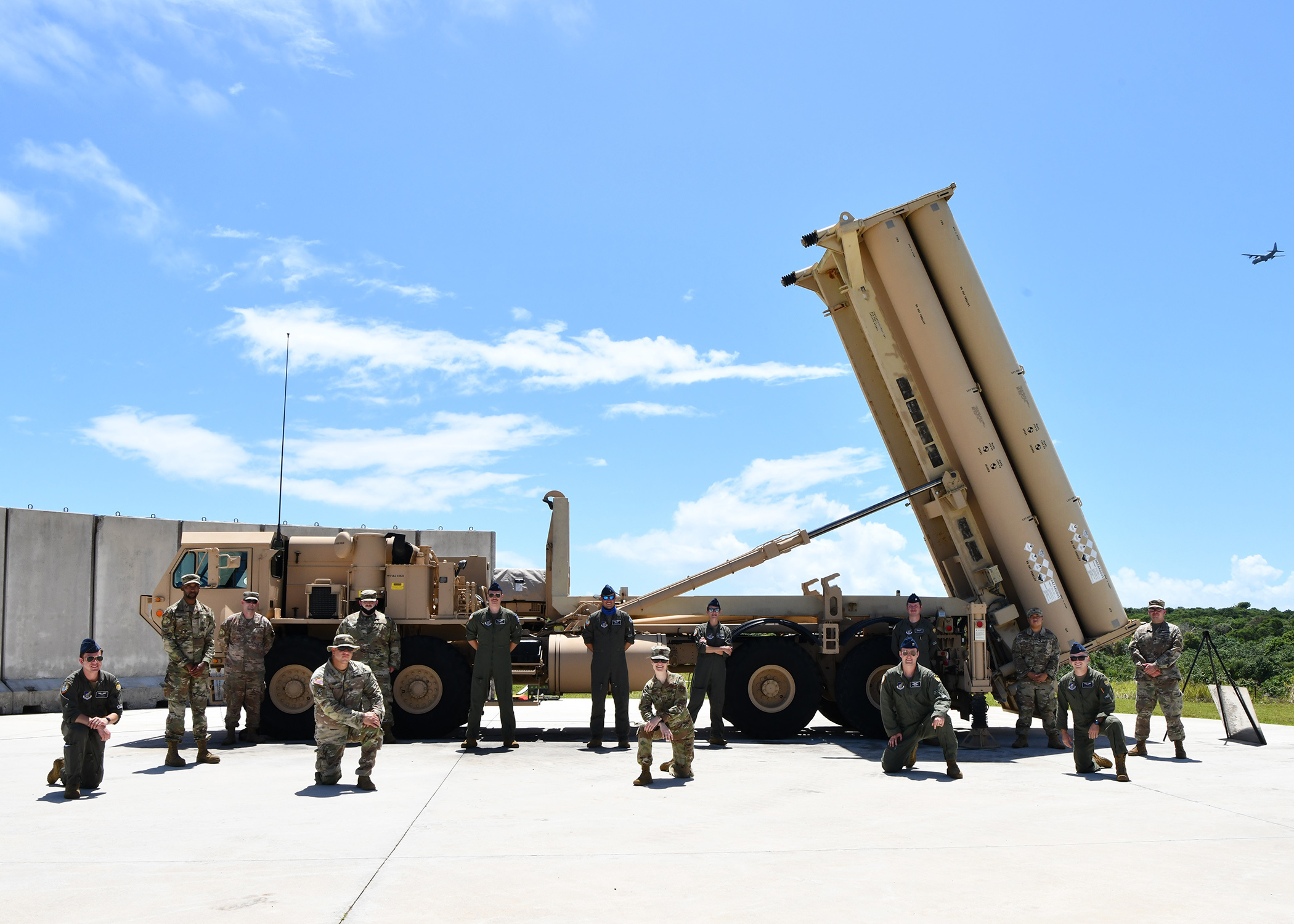
Despite being a central part of the U.S. military’s strategy in the Pacific, there still isn’t a clear strategy for maintaining the missile defense systems on Guam.
That’s according to a new report from the Government Accountability Office, which found that different military services have not fully determined when they will take over sustainment for missile defense equipment. The report, “DOD Faces Support Challenges for Defense of Guam,” also found specific requirements for sustainment and operations means other aspects including training and the exact number of personnel needed still are undetermined.
“DOD does not have a strategy that includes a timeline and a plan for determining when and how the lead organization — the military services or [Missile Defense Agency] — will assume responsibility for operating and sustaining those elements,” the GAO wrote. “MDA officials noted that they will fund sustainment of the systems they are developing for Guam until they fully transfer operations and sustainment to the military services.”
In addition, the Army reported to the GAO that it is waiting on the Defense Department to designate who will lead both missile defense operations and sustainment before it can finalize its own personnel plans for Guam.
The Guam Defense System, or GDS, is the planned network of interceptor batteries, missiles, radar systems, early warning sensors and command positions aimed to be set up on Guam. The idea behind it is that the system will create a “persistent, 360-degree defense” around the island and its many U.S. military installations. Currently there are plans for 16 sites around the island for this, a scaled-down version of previous ideas. Those are set to be put in place between 2027-2032, and according to a Congressional testimony this month, the project will cost approximately $8 billion.
The U.S. military’s challenges in sustaining the GDS also carry over from current drawbacks. Currently the island is home to a Terminal High-Altitude Area Defense or THAAD missile battery (which includes a radar system). The GAO’s audit found that even after a decade of the battery being deployed to Guam, the Army is struggling to care for it, as it lacks its own infrastructure and instead must rely on the Navy. That includes having limited storage space; during a typhoon in 2023 the Army had to ask the Marine Corps for hangar space to keep the battery out of rough conditions.
The island’s location and military infrastructure had made it a central player in the shifting U.S. Pacific strategy. Alongside reviving World War II-era airbases, the military is moving units to Guam and building it up as its main defense bastion in the region. As such it is aiming to make it able to defend against peer-level threats. The Navy’s 7th Fleet also provides naval support for the island.
Other challenges include a clear deployment plan for the GDS. The GAO found that the Pentagon has “not fully identified the required number of personnel or completed a deployment schedule for GDS units.” The Army, the report notes, cited confusion and dispute over what service will be in charge of GDS maintenance and operations.
In its report, the GAO made three recommendations, calling on the Department of Defense to determine specific personnel requirements so support infrastructure can be built, to provide a long-term plan for the Army to “integrate with bases in Guam” and for a clear timeline to be set for transferring missile defense sustainment responsibilities to relevant military branches.
The latest on Task & Purpose
- Army to eliminate 2 Security Force Assistance Brigades, reassign experienced soldiers
- Why the Army’s new XM7 rifle reignited a debate over volume of fire
- Air Force delay on separation and retirement orders isn’t ‘stop loss,’ defense official says
- F-35’s close call over Yemen raises questions about how it’s used
- An Army unit’s ‘extreme use of profanity’ was so bad, they made a rule about it

